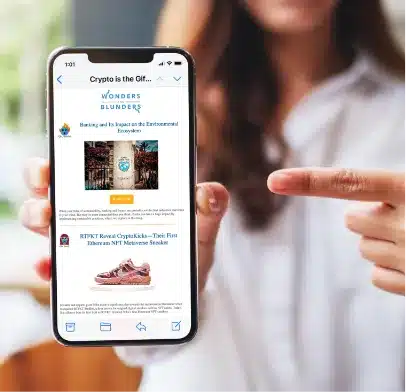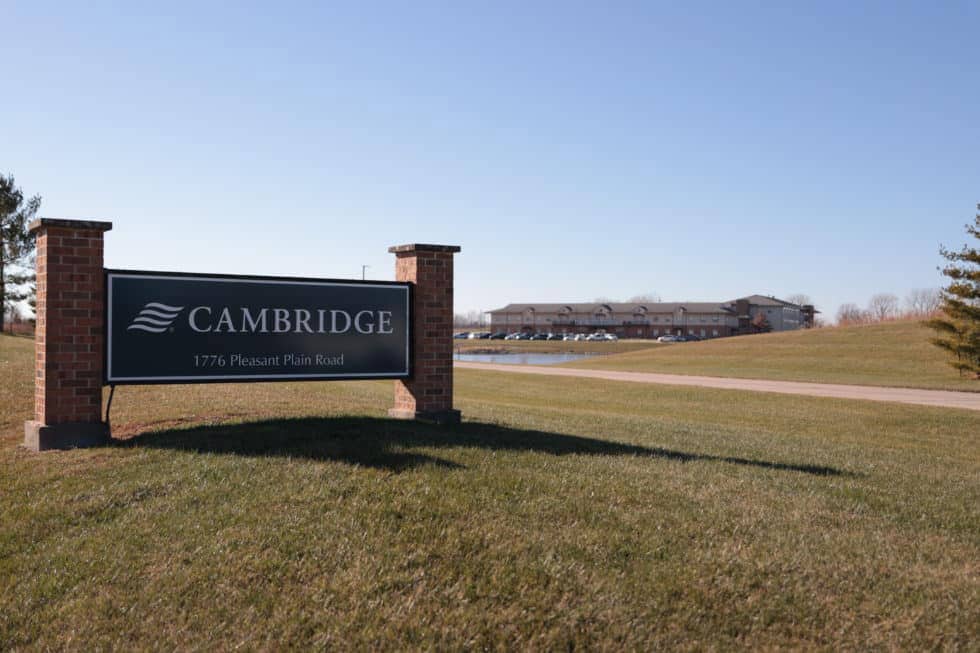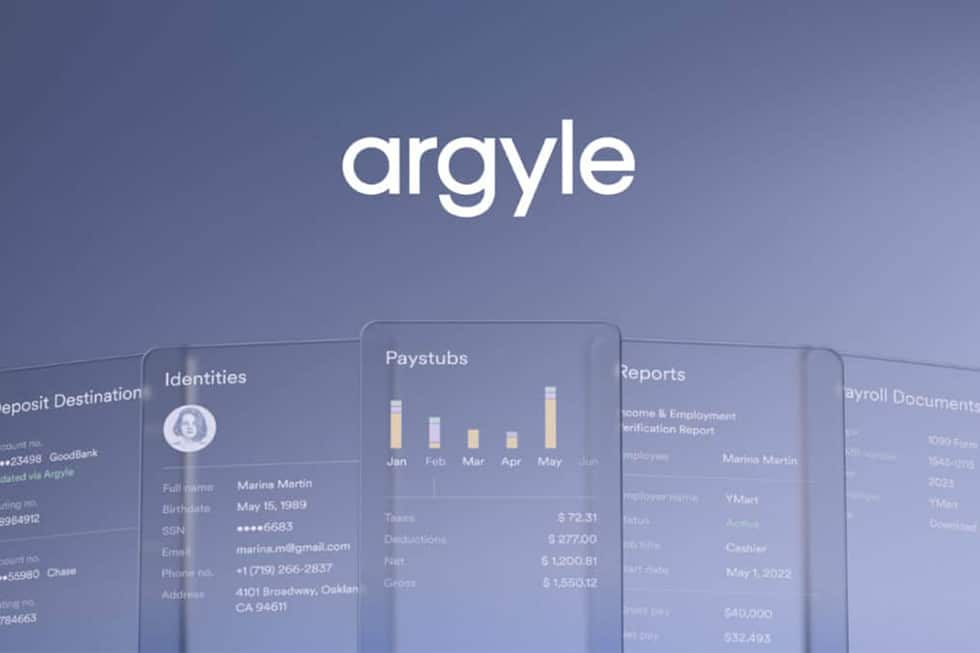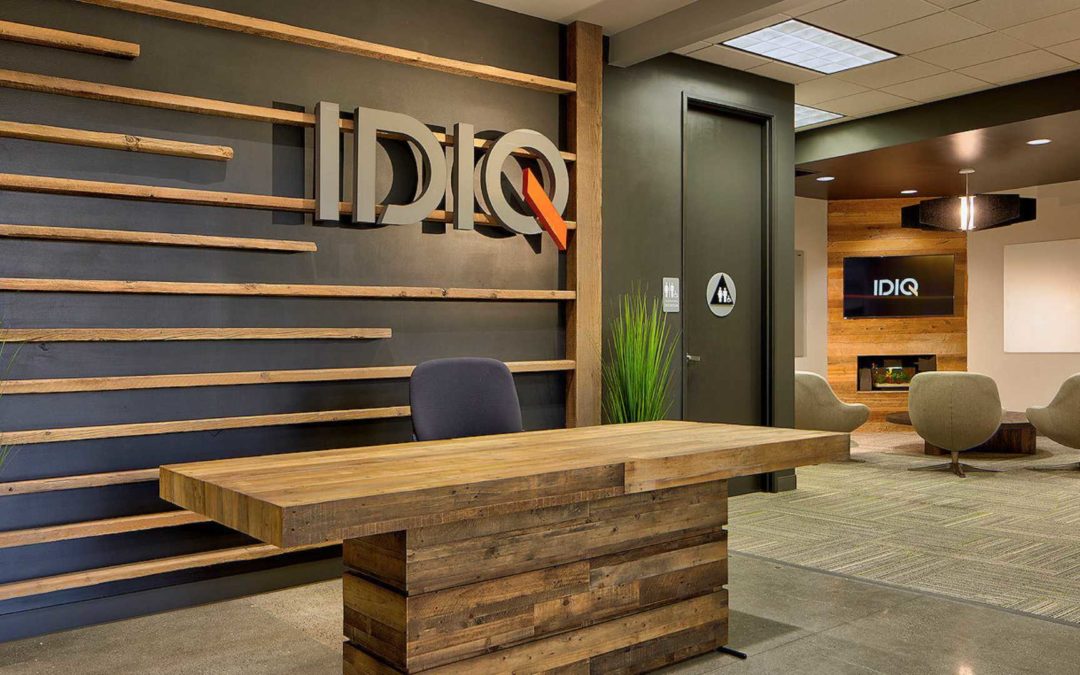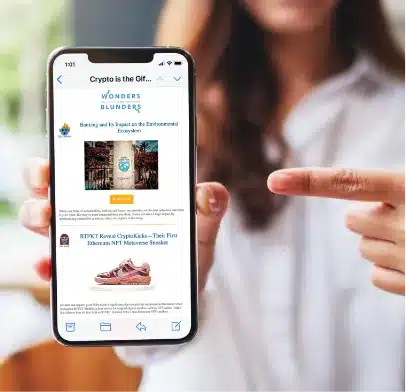Conference attendance is a key tactic in any strategic public relations plan. There are several benefits for companies to attend leading industry events—whether it be to rub elbows with peers, network with industry leaders, get your product in front of and interact with potential customers, or further position leaders as industry experts by securing a speaking opportunity. All of these activities are beneficial to a company’s exposure, helping to shape positive public perception and elevating awareness of your brand in a particular space.
Another significant opportunity in attending events is to engage, build, and deepen relationships with media. However, this can often be easier said than done, and must be met with a comprehensive plan that incorporates strategy around three phases of the event: before, during and after.
Before the Event
- Set goals for the event: Every good strategy has predetermined, reachable and actionable goals for the event. Decide how many reporters you aim to connect with and how many pieces of coverage you want to achieve as a result of attendance.
- Do your research: Most event organizers will willingly provide a list of media that will be in attendance. Often, such attendance will not be confirmed until the days leading up to the event, but it is possible to secure partial lists weeks in advance. It is also good practice to review the previous year’s event coverage because it’s highly likely many of the same reporters will again be in attendance, especially if they wrote about it.
- Identify media targets: Once you have a good understanding of which media will likely attend the event, create a list of the reporters who you would like to cover your company and products. Begin engaging with these reporters by following them across social media platforms and reading past and ongoing coverage they produce. Get to know where they are positioning and inserting in dialogue in a particular industry and space.
- Develop a few pitches: Once you have identified the reporters you wish to connect with, develop two to three story ideas focused on positioning your company in relevant topics currently being covered. After these are developed, share them with your entire team so they are all well versed should anyone have the opportunity to engage with a reporter at the event.
- Connect in advance: Be sure to reach out and connect with reporters ahead of time. A general rule of thumb and consensus among PR experts is to reach out to reporters two to four days before the event. Reporters are incredibly busy and reaching out too far in advance can fall flat because it simply is not top of mind at the moment, but reaching out just before or the day of runs the risk of their calendars being full. Most reporters will have done their research and are beginning to shape storylines for their coverage about two to four days prior.
During the Event
- Have an announce-able news hook or product demo: It is recommended for a company to have a significant announcement to share at the event. This can be a new product, a sizeable enhancement to a product, a new partnership, or a significant new hire. If there is not a major announcement that your company is putting forth around the event date, another good way to capture media attention is to promote a product demonstration at a scheduled time and invite attendees to the demo.
- Have prescheduled introductions and/or interviews: When reaching out to reporters in advance of the event, be sure to position your company with the most compelling and relevant storyline aligning with the reporter’s beat, and schedule introductions and interviews during the event. Even if just a meet and greet is scheduled, in-person conversations can go a long way to set up connections that have long-tail successes.
- Develop goals for each day of the event: Make a commitment for each day of the event to connect with and pitch five reporters before lunchtime. This will help you set reachable targets and meet your media engagement goals.
- Designate more than one staff member to focus on media: Events are incredibly busy as are the reporters’ schedules during them, and there are often only small windows of opportunity to connect. Therefore, it is imperative to have staff on hand to take advantage of those—more specifically, a minimum of two team members designated to connect with media at the event. This way, if one staff member is taking notes during an interview with one of your company’s subject matter experts, the other staff member can continue to engage with media—even seemingly small moments of interactions like a chat with a reporter while grabbing coffee and pastries in the event’s media room can have a lasting impact on the relationship.
After the Event
- Follow up with media: Rome wasn’t built in a day, and relationships do not cultivate overnight—they take time and nurturing. It is imperative that once you make a connection with a reporter at an event to continue to interact with them. Send them an email following the event and be sure to share your appreciation for the time they took to connect with you. Whether it be the brief chat you had at the coffee counter or the prescheduled interview they conducted with one of your company’s experts—thank them again for the opportunity. And remember, reporters get hundreds of emails each day, so be sure to put the warm connection in the subject line or first sentence in the body of the email—this will set your email apart. Similar to before the event, consensus among the PR pros is to send this follow-up two to four days after the event.
- Continue to engage with and read the reporter’s coverage: It’s all about maintaining the relationship once it has started. Be sure to continue to engage with the reporter across their social media accounts and read their coverage. This will help you stay in tune with the trends and topics they are covering and look for opportunities to pitch your company and insert them in a relevant storyline for the reporter.
- Leverage your coverage from the event: If your company received coverage from a reporter or media outlet at the event, show your appreciation by posting the coverage to your website, along with the logo of the outlet, and sharing it across your social media accounts. Be sure to tag the reporter in your posts so they can revel in your public appreciation of their work!
As the old adage goes: Planning to fail is failing to plan. With a good plan in place to use conferences as a means to engage, build and deepen relationships with media, you are bound to have some nuggets of success! And remember, rejection is a part of public relations. Rejection should not be viewed as discouragement but rather encouragement to create better stories and pitches for reporters to continue to gain press coverage and position your company as an industry leader.
